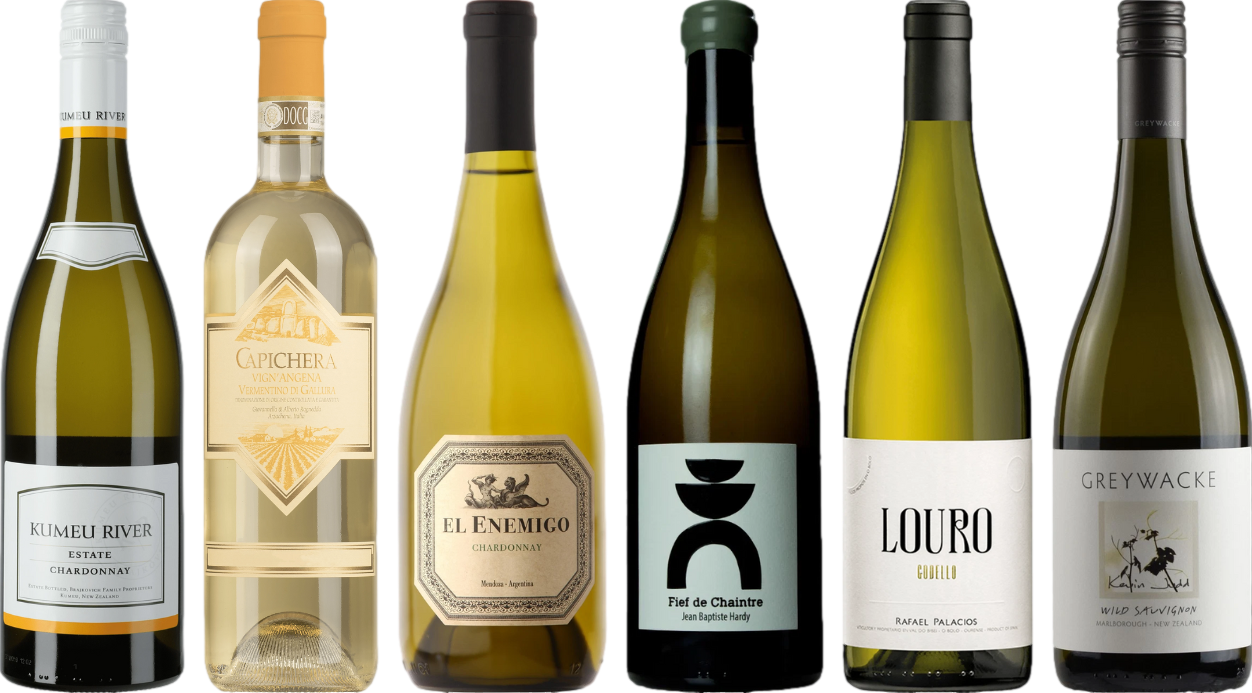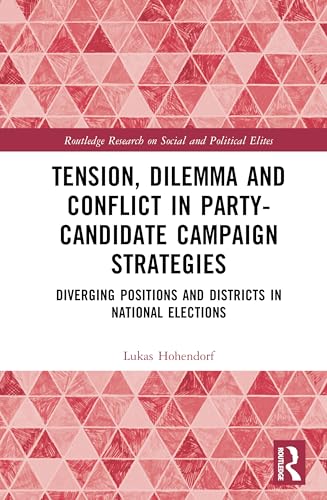



Generally, you can expect a typical bottle of Sauvignon Blanc or Pinot Grigio to maintain its quality for approximately 2 to 3 years when stored correctly. For richer varieties like Chardonnay, the timeline extends to about 3 to 5 years. However, certain premium selections may surprise you; some can age gracefully for up to a decade.
Storage conditions play a pivotal role in longevity. Keep bottles in a cool, dark place, away from direct sunlight and temperature fluctuations. Ideal storage temperatures range from 45°F to 65°F (7°C to 18°C). Additionally, maintaining humidity levels around 70% helps prevent cork damage.
Bottles sealed with a screw cap often exhibit remarkable freshness for longer periods, while traditional cork closures may allow for slight oxidation over time. It’s crucial to periodically assess your collection, as even unopened bottles can develop nuances that change their character.
Ultimately, while these guidelines provide a framework, personal preference dictates the best time to enjoy each bottle. Pay attention to the specific varietal, region, and producer for the most accurate insights into aging potential.
Optimal Storage Period for Sealed Chardonnays and Other Varieties
Generally, sealed Chardonnays and similar varietals can remain in good condition for three to five years, depending on the specific type and storage environment. Crisp, youthful styles, like Pinot Grigio, are best enjoyed within two years for optimal freshness.
For richer options, such as oaked Chardonnays, a duration of five to seven years can enhance complexity. Proper storage is key; maintain a cool, dark place with consistent temperatures between 45°F and 65°F.
Avoid exposure to light and significant temperature fluctuations, which can compromise quality. If you’re considering investing in premium bottles, remember that certain selections can evolve beautifully over ten years or more.
For those interested in maintaining equipment for your wine collection, check out the best comercial pressure washer to keep your storage area clean and organized.
Understanding the Aging Potential of White Wines
For optimal enjoyment, many varietals can develop complexity over a span of 2 to 10 years. Consider Chardonnay; aged versions can reveal layers of richness and depth, particularly those from esteemed regions like Burgundy. In contrast, Sauvignon Blanc typically shines within 1 to 3 years, showcasing its crisp acidity and vibrant fruit profile.
Those crafted from Riesling can exhibit remarkable aging potential, especially the high-quality selections from Germany. These can evolve beautifully over decades, transforming into nuanced, honeyed expressions. It’s crucial to assess the balance of acidity and sugar–higher acidity often correlates with longevity.
Temperature control is paramount for preserving integrity. Store bottles in a cool, dark environment, ideally between 45°F and 65°F. Avoid fluctuations that can compromise the wine’s structure and flavors.
Consider the closure type as well; cork closures allow for a small amount of oxygen exchange, aiding in maturation. Synthetic corks and screw caps can limit this process, making the timing of consumption more critical.
Lastly, personal preference plays a significant role. Some may prefer the fresh, youthful characteristics of a recently bottled selection, while others might seek the layered complexity of an aged vintage. Understanding your palate will guide you in selecting the right timing for enjoyment.
Factors Influencing the Shelf Life of Unopened White Wines
The longevity of sealed bottles of lighter varietals is influenced by several key aspects. Understanding these can help you make informed choices when selecting and storing your favorite selections.
Storage Conditions
- Temperature: Ideally, maintain a consistent temperature between 45°F and 65°F. Fluctuations can cause premature aging.
- Humidity: Aim for a humidity level around 70%. This prevents corks from drying out and allowing oxygen to seep in.
- Light Exposure: Keep bottles away from direct sunlight and bright artificial lights. UV rays can degrade the wine over time.
- Vibration: Store bottles in a stable environment. Excessive movement can disturb the sediment and affect flavor.
Type of Grape and Winemaking Techniques
- Acidity: Higher acidity in certain varietals can enhance preservation and aging potential.
- Residual Sugar: Sweeter types tend to have longer shelf lives due to sugar’s natural preservative qualities.
- Oaking: Wines aged in oak barrels may develop complex flavors, but the presence of tannins can also influence aging.
By considering these elements, you can better predict how certain bottles will evolve over time, ensuring that you enjoy them at their peak. Proper care and selection can significantly extend their potential enjoyment.
Storing Techniques for Optimal Preservation of White Varieties
Maintain a consistent temperature between 45°F and 65°F (7°C to 18°C). Fluctuations can cause the cork to expand and contract, allowing air to enter the bottle.
Choose a dark location. UV light can degrade both the flavor and aroma of the liquid, so keep bottles away from direct sunlight and fluorescent lighting.
Store bottles horizontally. This keeps the cork moist, preventing it from drying out and letting air in, which can spoil the contents.
Control humidity levels, ideally between 50% and 70%. This helps to keep the cork from drying out while preventing mold growth.
Avoid strong odors nearby. Aromatic substances can permeate through the cork and affect the taste. Keep the storage area free from chemicals and strong-smelling foods.
Use a wine fridge if possible. These appliances are designed to provide optimal conditions for preservation, including temperature stability and humidity control.
Limit movement. Vibrations can disturb the sediment and affect the quality over time. Store bottles in a stable environment where they won’t be jostled.
Identifying Different Types of White Wines and Their Durability
Each variety of pale beverage has its own longevity profile, influenced by grape type, production methods, and regional characteristics. Understanding these factors can enhance your selection and enjoyment.
Common Types and Their Lifespan
- Sauvignon Blanc: Typically, this variety is best enjoyed fresh and zesty within 1-3 years of bottling. Some premium versions may age well up to 5 years.
- Chardonnay: The aging potential varies greatly. Oaked Chardonnays can develop complexity for 5-10 years, while unoaked types are best within 2-4 years.
- Riesling: Known for its longevity, Rieslings can age beautifully for 10-20 years or more, particularly the high-quality ones from regions like Alsace or Germany.
- Pinot Grigio: Generally, this type is best consumed young, typically within 1-3 years. Some higher-quality versions may last up to 5 years.
- Gewürztraminer: This aromatic variety is best enjoyed within 3-5 years, although some select bottles can develop interesting nuances over a decade or more.
Production Methods and Aging Potential
Factors such as fermentation techniques and the use of oak barrels play a significant role in the shelf life of these beverages. For instance:
- Barrel aging can impart flavors and enhance the durability of certain varieties.
- Malolactic fermentation can add creaminess and complexity, influencing how long the drink can be stored.
- High acidity levels in wines like Riesling can contribute to their aging potential.
Pay attention to the specifics of each bottle; they often come with recommendations from producers regarding optimal consumption windows. This knowledge can greatly enhance your tasting experience and ensure that each glass showcases the intended flavors and aromas.
Signs That Your Bottle of Chardonnay or Sauvignon Blanc Has Spoiled Before Opening
Check the label for any signs of damage, such as tears, discoloration, or moisture. If the label appears compromised, it might indicate poor storage conditions.
Examine the cork through the bottle neck. If the cork is protruding, it could mean that the seal has been broken, leading to oxidation. A dry or crumbly cork is another sign that the bottle may have been exposed to air.
Look for any unusual sediment inside the bottle. While some sediment can be normal, excessive or unexpected particles may suggest spoilage.
Observe the liquid level; if the fill line is significantly below the expected level, it may indicate evaporation or leakage, compromising the integrity of the contents.
Finally, inspect for any signs of leakage around the cork or the capsule. This could mean that the seal has failed, allowing air to enter and spoil the contents.
Best Practices for Choosing White Wines for Long-Term Storage
Prioritize varietals known for their aging capabilities, such as Chardonnay, Riesling, and Sauvignon Blanc. Seek out those from reputable regions like Burgundy, Napa Valley, or Alsace, where production emphasizes quality and longevity.
Focus on acidity and sugar levels; higher acidity enhances preservation, while a balanced sugar content can contribute to a wine’s ability to evolve over time. Look for producers renowned for crafting age-worthy bottles, as their expertise often leads to superior results.
Examine the vintage; certain years yield exceptional fruit that thrives with age. Research climate conditions and harvest reports to identify standout years for specific varietals. This knowledge can guide selections that will develop beautifully over time.
Consider the closure type–cork versus screw cap. Cork allows for micro-oxygenation, which can benefit certain styles during maturation, while screw caps offer a consistent seal that protects against oxidation. Both have their merits, so choose based on the wine’s style and intended aging duration.
Invest in limited production or boutique offerings. These often come from small-scale winemakers who focus on quality over quantity, enhancing the potential for a rewarding aging experience. Limited availability often translates to greater care in the vineyard and cellar.
Be aware of storage conditions at the point of purchase. Ideally, select bottles stored in temperature-controlled environments to minimize thermal shock and preserve optimal conditions. Avoid wines that have been exposed to fluctuating temperatures.
Lastly, purchase from trustworthy merchants. Established wine shops and reputable online retailers typically provide better storage practices and can offer insights into the wines’ aging potential. This diligence ensures that your selection is primed for future enjoyment.
When to Consume Your Unopened White Wines for Best Flavor
To truly appreciate the nuances of your bottled treasures, target specific timeframes based on varietals. Generally, crisp and zesty styles, such as Sauvignon Blanc and Pinot Grigio, shine best within 1 to 3 years post-bottling. These selections are crafted for immediate enjoyment, offering fresh acidity and vibrant fruit notes.
For those with richer profiles, like Chardonnay, consider a timeframe of 3 to 5 years. These have the potential to develop complexity, especially if they undergo oak aging. The creamy texture and buttery flavors become more pronounced with a little patience.
Explore aromatic varietals, such as Gewürztraminer and Riesling, which can surprisingly evolve over 5 to 10 years in optimal conditions. These wines often gain depth and a honeyed character that enhances their initial floral and fruity profiles.
To achieve the best experience, always check the vintage and storage conditions. A well-kept bottle can enhance flavors significantly, while improper storage diminishes the potential. Pay attention to the specific characteristics of each variety and trust your palate when deciding the right moment to savor them.
| Type of Wine | Optimal Consumption Window |
|---|---|
| Sauvignon Blanc | 1-3 years |
| Pinot Grigio | 1-3 years |
| Chardonnay | 3-5 years |
| Gewürztraminer | 5-10 years |
| Riesling | 5-10 years |










